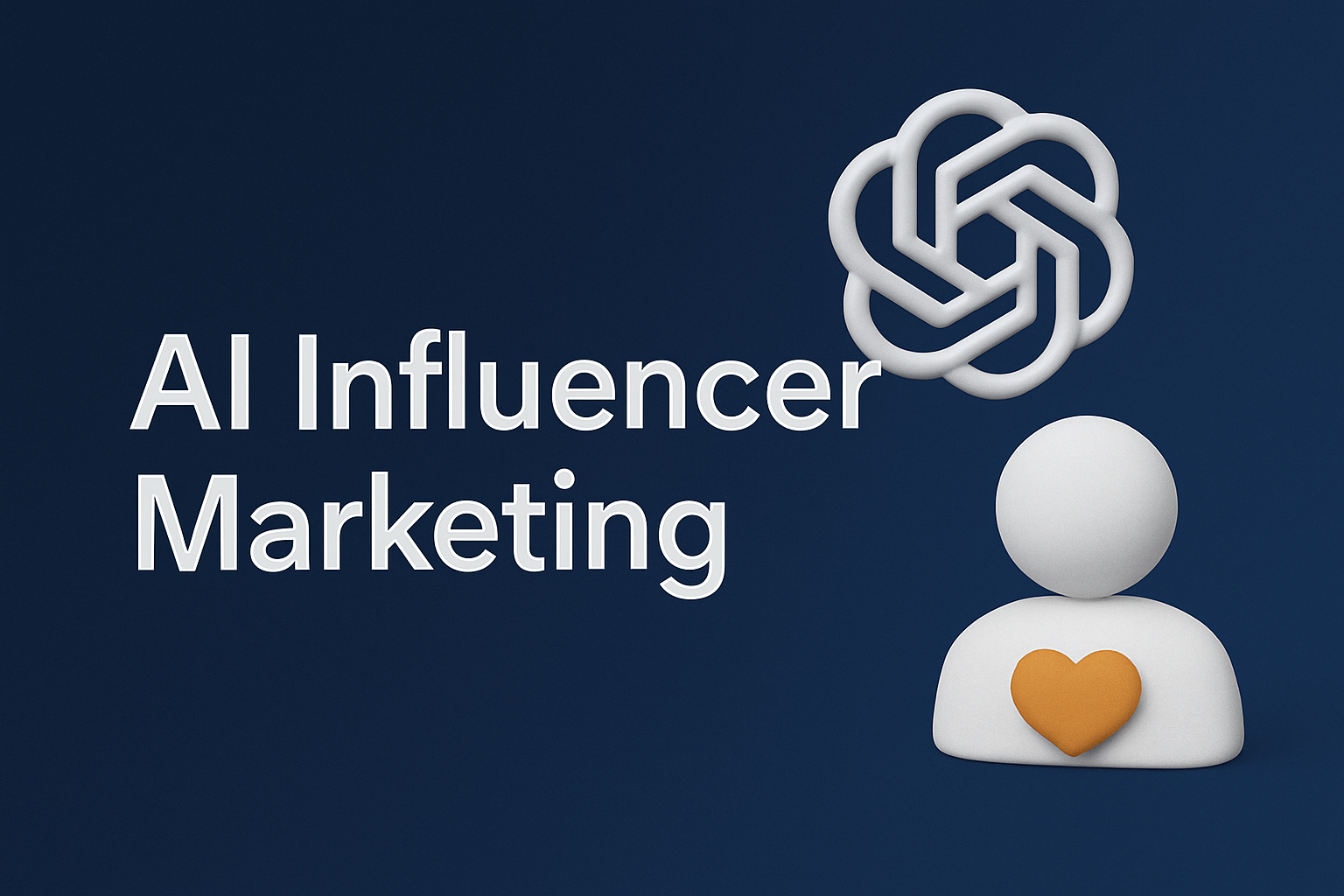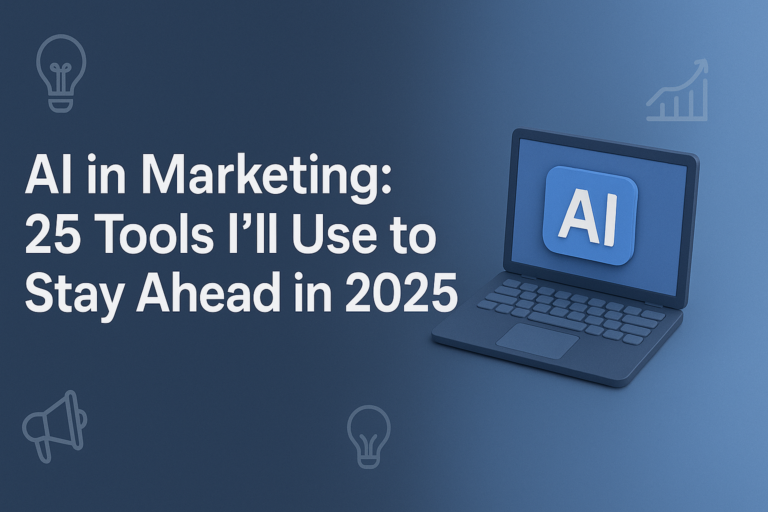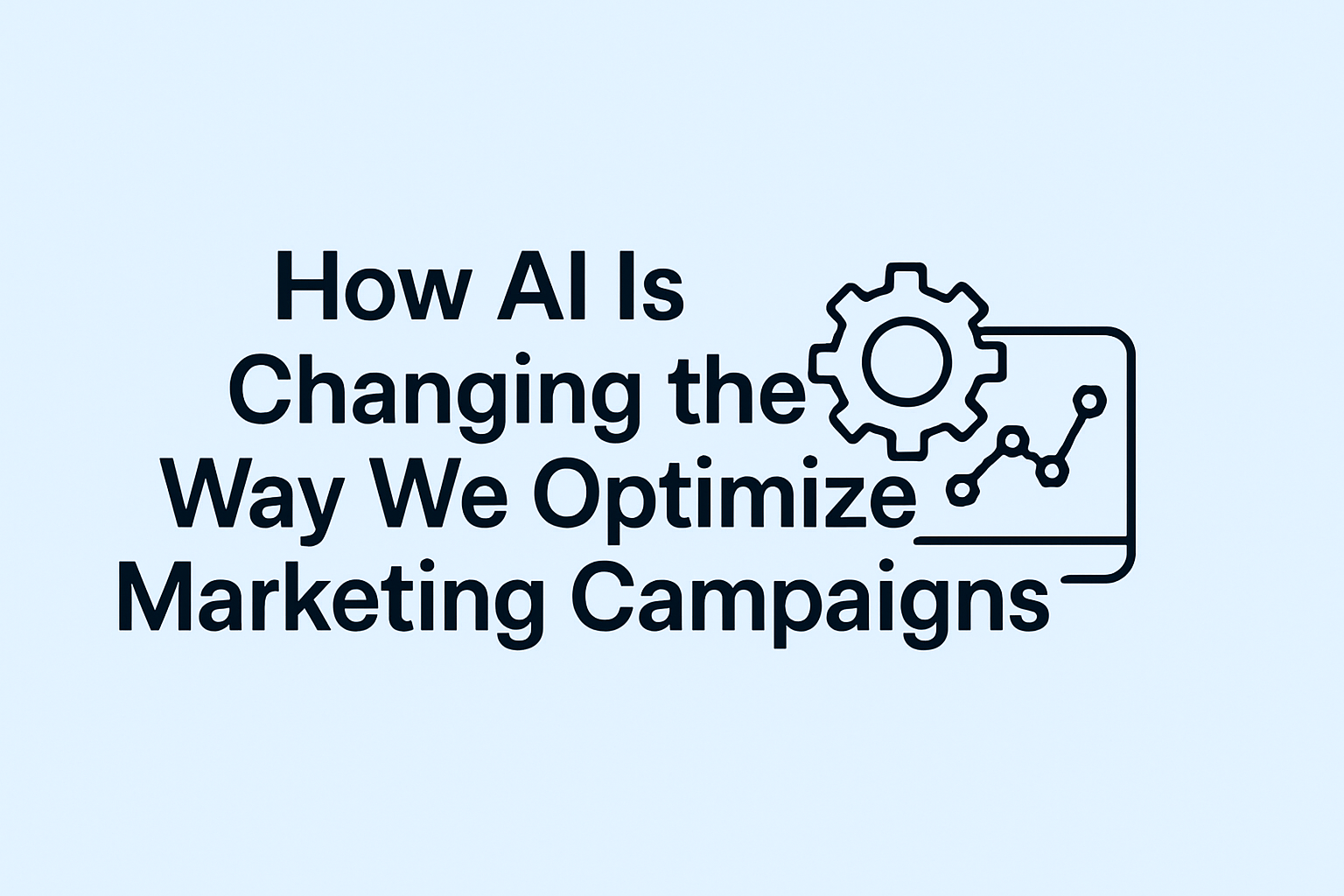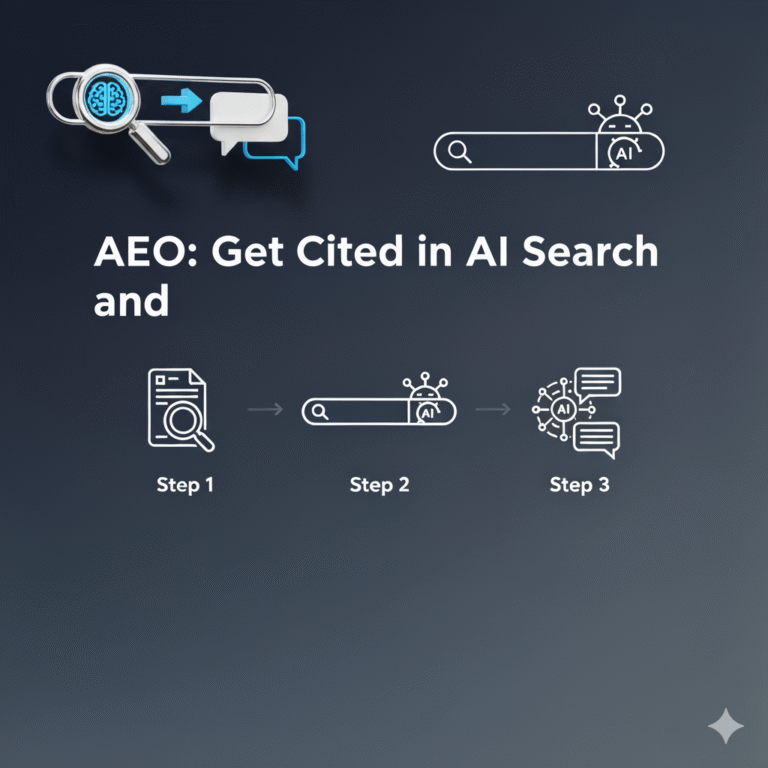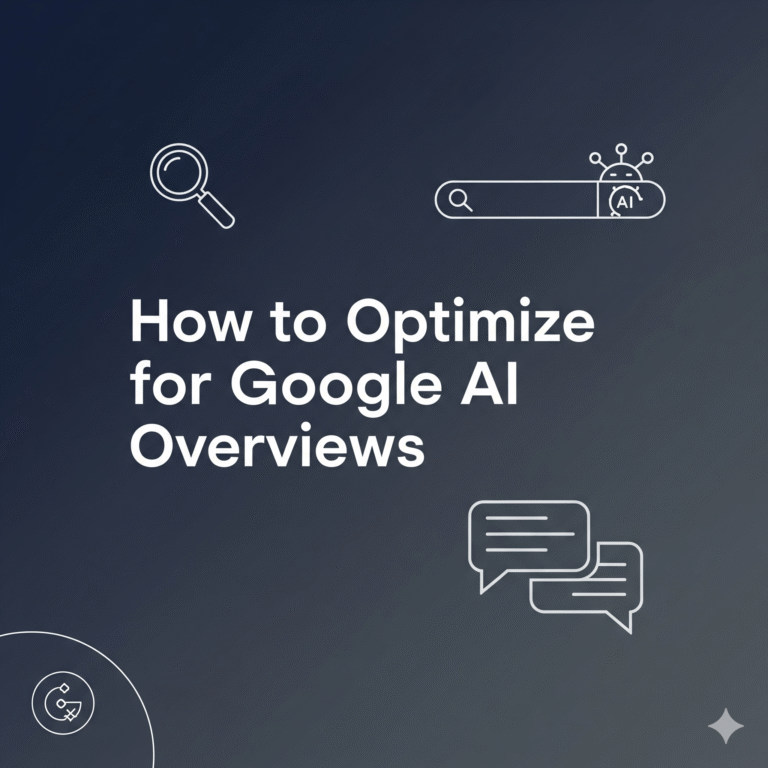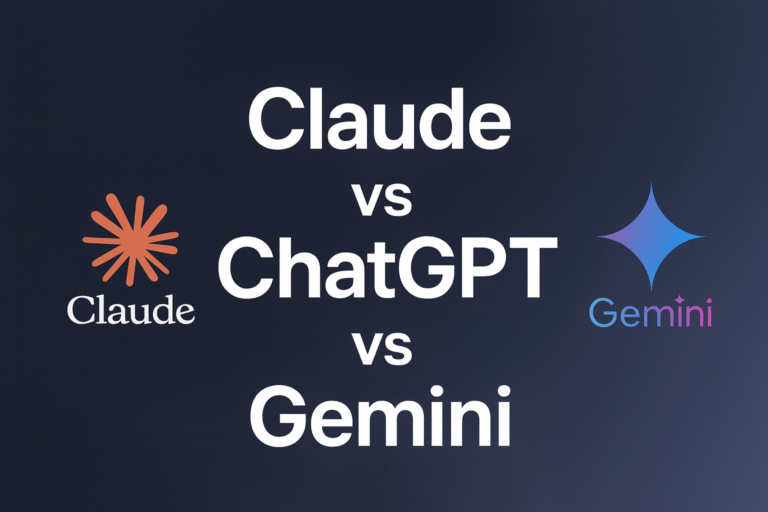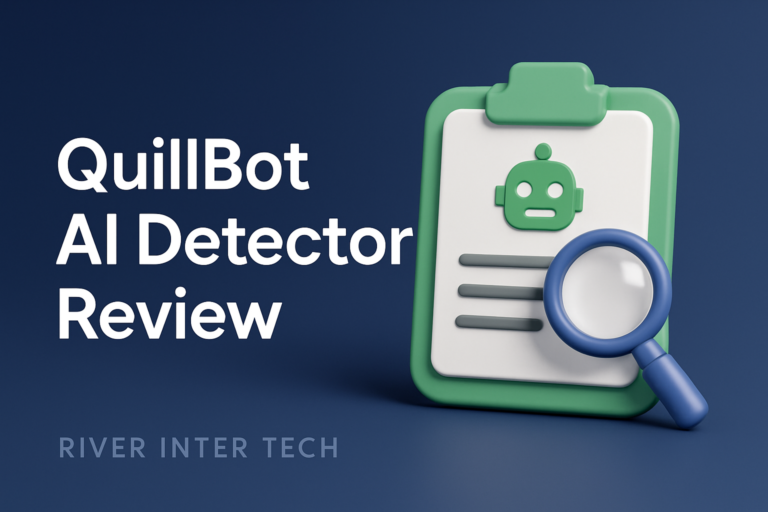AI Influencer Marketing: What Brands Must Know in 2025
“Wait… she’s not even real?” Scroll any Reddit thread about influencers and you’ll see that comment—buried between hot takes and upvotes. In 2025, those threads explode every time a brand campaign drops featuring an AI-generated face. People ask if it’s ethical, effective, or just weird.
Here’s what most don’t realize: brands aren’t just experimenting with AI influencers. They’re investing in them. Quietly. Strategically. And at scale.
Redditors might rage about “fake authenticity,” but brands see something else—predictability, speed, and unmatched creative control. This shift isn’t theoretical. It’s operational. It’s baked into how top teams plan campaigns now. If you’re still treating AI like a gimmick or waiting for the dust to settle, you’re already a quarter behind.
So what should your team really know about AI-powered influencer marketing in 2025? Let’s decode the strategies, spotlight the risks, and show how to use AI without misjudging UGC influencer rates or losing authenticity online.
How Will AI-Driven Influencer Strategies Reshape Brand ROI in 2025?
The biggest myth around influencer marketing is that it’s all vibes. In 2025, that mindset gets buried. AI doesn’t just enhance ROI—it redesigns how we calculate it. Instead of likes or reach, AI tools track real conversions, scroll depth, sentiment shifts, and drop-off points.
Every part of the influencer journey—from selection to post timing—is now driven by predictive AI. This means brands can test content before it even goes live. They can forecast which creative will land, which segment will click, and which creator is most likely to spark actual action.
AI helps avoid wasted ad spend and cuts through inflated follower counts. You don’t need a viral video to see ROI. You need calibrated influence, aligned with buyer behavior. Brands that adopt AI strategies move from “we hope this works” to “we already know it will.”
That’s the shift: from intuition to intelligence. And it’s already happening—with stronger performance even in influencer UGC and average UGC rates benchmarks.
What Role Do Virtual Influencers Like Lil Miquela Play in Brand Authenticity?
Lil Miquela isn’t a one-off anymore. In 2025, she’s just the blueprint. Virtual influencers now come in all styles: fashion-forward, gaming-savvy, or designed to look like everyday micro-creators. But what catches attention isn’t the CGI polish. It’s the way they hold a narrative.
Authenticity used to mean “real person, real story.” But brands now realize people connect with characters too—especially if they post consistently, never miss a beat, and speak directly to a niche. That’s what AI influencers offer. They don’t cancel. They don’t go off-brand. They’re engineered to be reliable.
That doesn’t mean people trust them automatically. But when used smartly, they enhance brand image—not replace human creators, but balance them. The trick is in transparency. People don’t mind digital faces. They just want to know they’re digital.
The takeaway? Authenticity in 2025 isn’t about being human. It’s about being honest—and delivering consistently, with attention to content authenticity and strategic balance between virtual and user-generated content.
How Can AI Tools Improve Influencer Discovery and Campaign Precision?
Finding the “right” influencer used to mean scrolling for hours or using generic filters. Not anymore. In 2025, AI-powered tools make discovery sharper and more scientific. You can filter creators by tone of voice, niche overlap, content type, location, engagement by topic—even audience personality traits.
It’s not just about the creator’s image. AI now analyzes caption style, posting cadence, and visual language to map emotional resonance. It matches these with your brand’s goals and builds a shortlist that actually converts.
Then comes campaign optimization. AI recommends which time to post, what content length to use, and even suggests edits mid-campaign based on real-time performance. This creates a feedback loop that used to take weeks—now done in minutes.
The result? Brands spend less on bad fits. They launch faster and learn quicker. And they don’t just guess who will perform. They know—especially when working with UGC creators or factoring in follower count impact.
Why Are Hyper-Realistic Virtual Influencers a Game-Changer for Brands in 2025?
It’s no longer just about cartoons or digital avatars. In 2025, some virtual influencers are so realistic they fool the scroll. Hyper-realistic faces, micro-expressions, and fluid gestures now create influencers who seem more lifelike than some filtered creators.
This unlocks an edge for brands: full control. You get someone who looks real, acts on cue, posts across languages, and stays forever young. That consistency matters in long-term campaigns. You’re not negotiating schedules or hoping a creator doesn’t rebrand halfway through your launch.
But what’s even bigger? Scalability. One hyper-realistic model can be duplicated, tweaked for different markets, and launched simultaneously. You can create global influence in local styles—with no risk of PR drama or scheduling issues.
These influencers don’t just look the part. They act it. Brands now have a new kind of creator—one with endless availability and zero unpredictability. Expect to see more cross-platform packages being offered alongside TikTok UGC rates and real-time engagement metrics.
What Should Brands Know About Collaborating With AI-Generated Content Creators?
If you’re working with AI-generated influencers, here’s the shift to understand: they’re not talent, they’re tools. You don’t brief them. You configure them. That means your brand voice, color palette, motion cues, and tone all go into the mix before a single post goes live.
This also means you get results faster. You can request 15 posts in one day and get them without reshoots or feedback loops. Need them localized? That’s just one toggle away. The creative process becomes less messy and more modular.
But there’s a catch: collaboration still matters. These creators run on inputs, and bad inputs lead to cringey, robotic outputs. Smart brands treat AI influencers as extensions of their team—not just assets.
In 2025, AI-generated creators don’t replace the creative team. They scale it. But to unlock their full power, you must still lead with human insight and a crystal-clear brief. Whether calculating ROI with an engagement rate calculator or learning to negotiate UGC rates, smart teams approach AI creators with strategy—not shortcuts.
What’s the Next Move for Brands?
AI isn’t coming for influencer marketing. It’s already here—refining it, expanding it, and pushing teams to think more strategically. From creative direction to campaign execution, the rules have changed.
And the most competitive brands? They’re adapting. Fast. They’re testing with virtual influencers, refining outreach through AI dashboards, and pricing smarter with updated UGC influencer rates data.
Success in 2025 doesn’t mean going full-robot. It means knowing when to automate, when to humanize—and how to measure every move.
The brands winning the game aren’t just watching the trends. They’re building with them.

